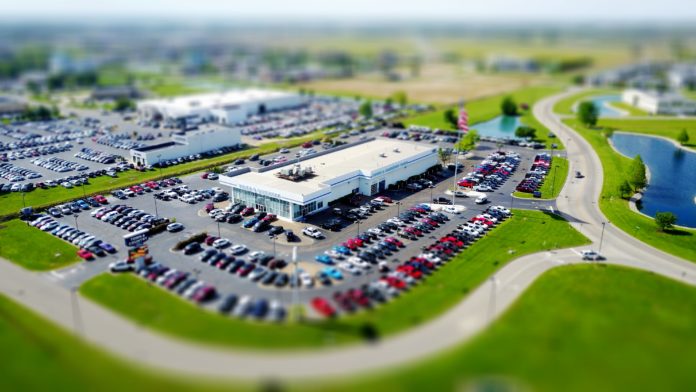
The consumer buying trends are showing signs of softening, and the experts are predicting flat new-car sales this year. Automakers that once insisted on big-budget facility upgrade requirements for their retailers are starting to rethink their positions. There’s a new attitude emerging at the manufacturer level, and it may be a sign of increased understanding and empathy for dealerships.
Bigger Isn’t Always Better
David Smith, the CEO of Sonic Automotive, says, “it’s not all about square footage.” He goes on to recognize many of the facility upgrades forced upon retailers in years past, were implemented without a valid financial reason to do so. Retail facilities are still critically important for brand representation. However, six and seven-figure franchise owner investments for glamorous face-lifts are proving to have minimal effect on bottom-line sales volumes.
Automakers Are Changing Mindsets
More manufacturers are taking a fresh approach to review the financial benefits of pricey upgrades and evaluating the impact at the franchise dealer level. Sonic Automotive president, Jeff Dyke, reminds the industry that you can’t “ask dealers to make investments in facilities” with profitability projections heading in an opposing direction.
Mercedes-Benz is putting a ten-year grace period in place for dealers that currently have the brand’s second-gen Autohaus standards already. Adam Chamberlain, the vice president of sales for Mercedes-Benz USA, shared that 95% of their dealers are up to date. He comments about employing more flexibility with dealers and allowing them to dictate more of what makes sense in their respective markets. Instead of fancy facility refacing, the company is focused on assisting its retailers with tools and support they need to gain market share. Expansion is necessary, but whenever possible, dealers should expand services and hours, not necessarily brick and mortar pizzazz.
Roger Penske, CEO of Penske Automotive Group, agrees with the changing nature of automaker and dealership conversations. He says there is more of a “rational discussion” happening today, in response to many retailers pushing back on facility enhancement demands. He also says, “I think OEM leadership is looking at what’s reasonable for the size of the store and the market.”
Similarly, Lexus is giving its retailers the autonomy to design their own upgrades. Paul LaRochelle, chairman of the Lexus National Dealer Advisory Council, shared his experience about incorporating his ideas into his facility face-lift. BMW allows its Mini dealers to downsize their operations, or combine them with existing BMW facilities to help streamline costs. They also provide a facility upgrade exemption period of 15 years for those dealers already updated to the Future Retail standards.
As consumer buying trends continue to evolve in more digital landscapes, and in part, due to reduced impact on actual sales, the fancy location upgrades may be fading from view. Dealers are starting to point out that customers aren’t going to flood the showroom because of a new brand logo or fancy windows. They’re starting to question the profitability of hefty remodels, and it seems, many of the automakers are starting to listen.












